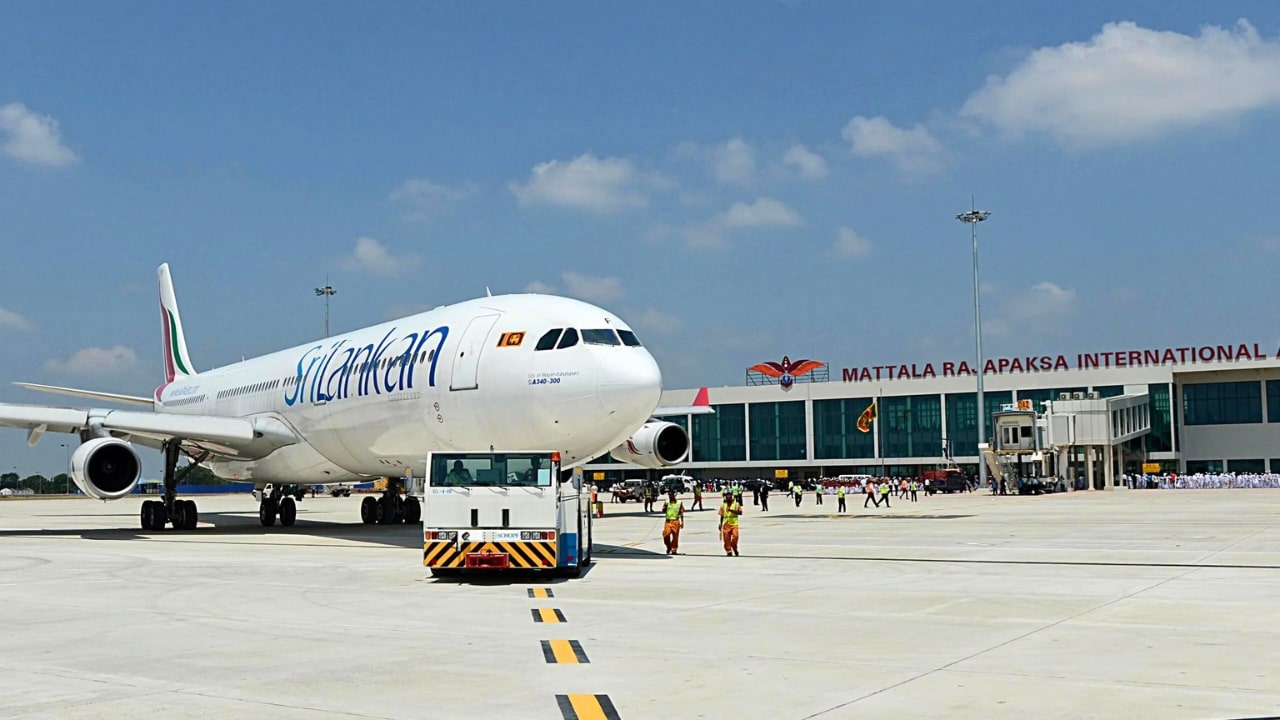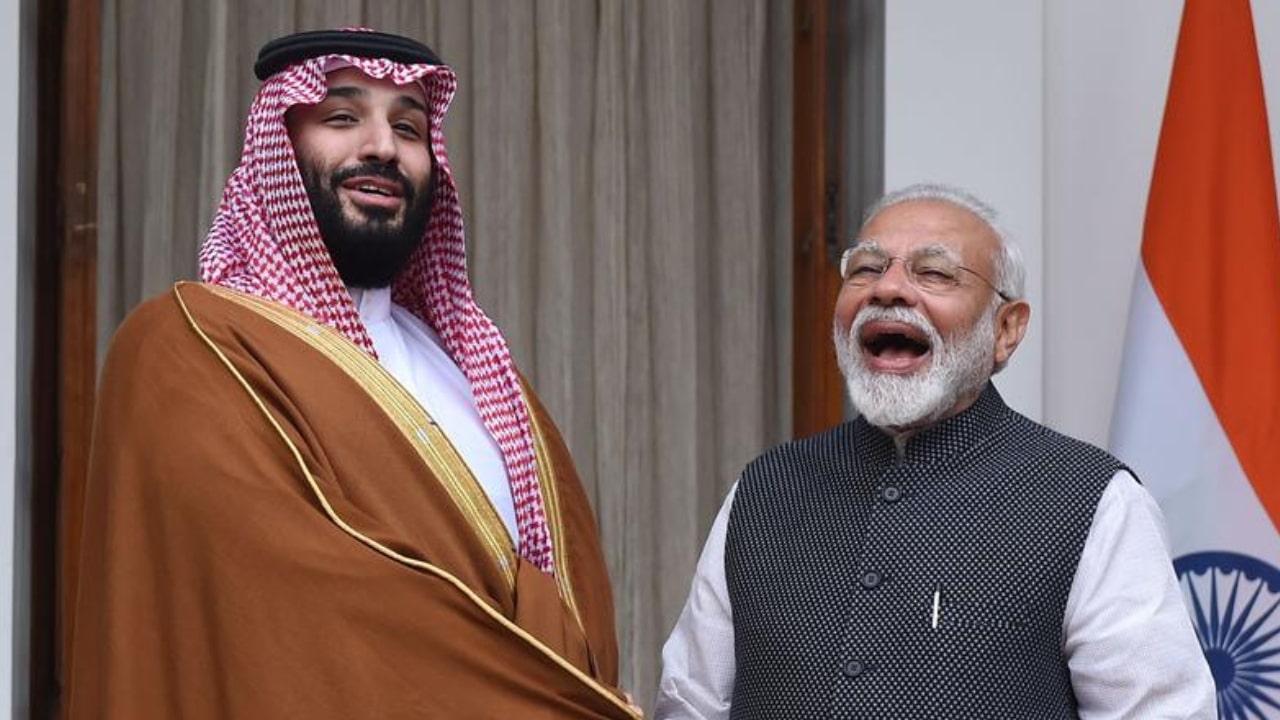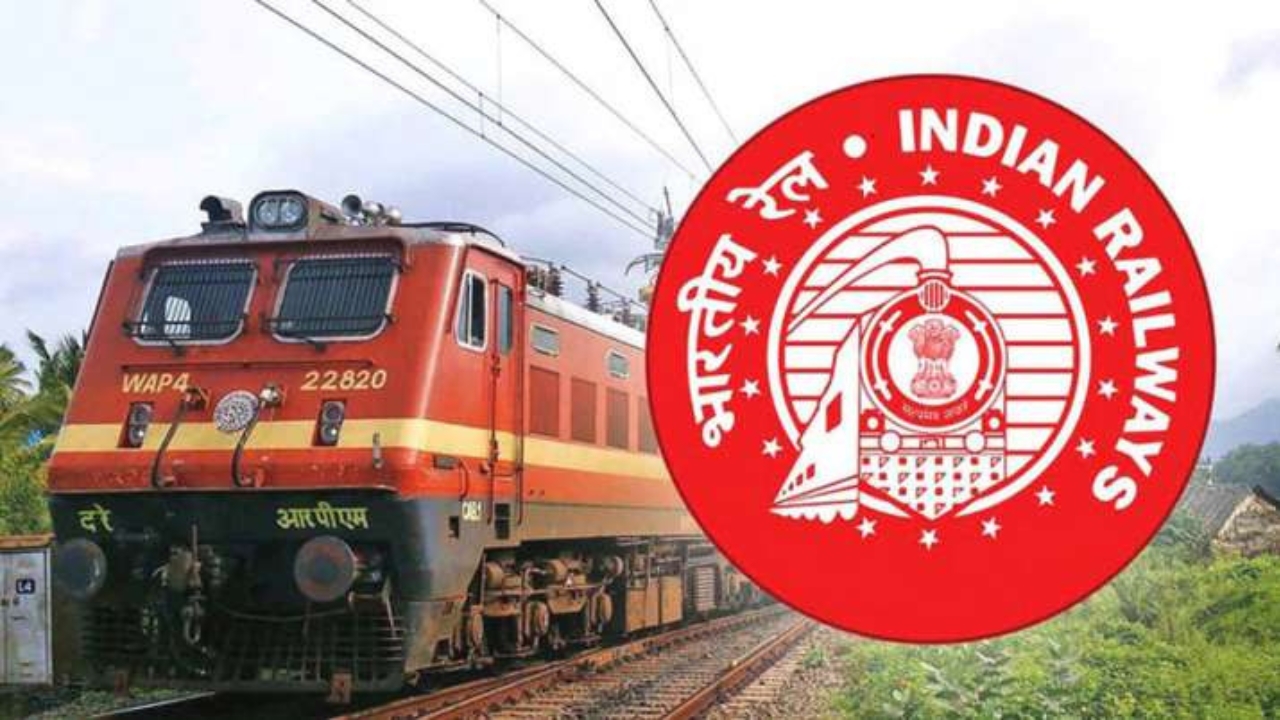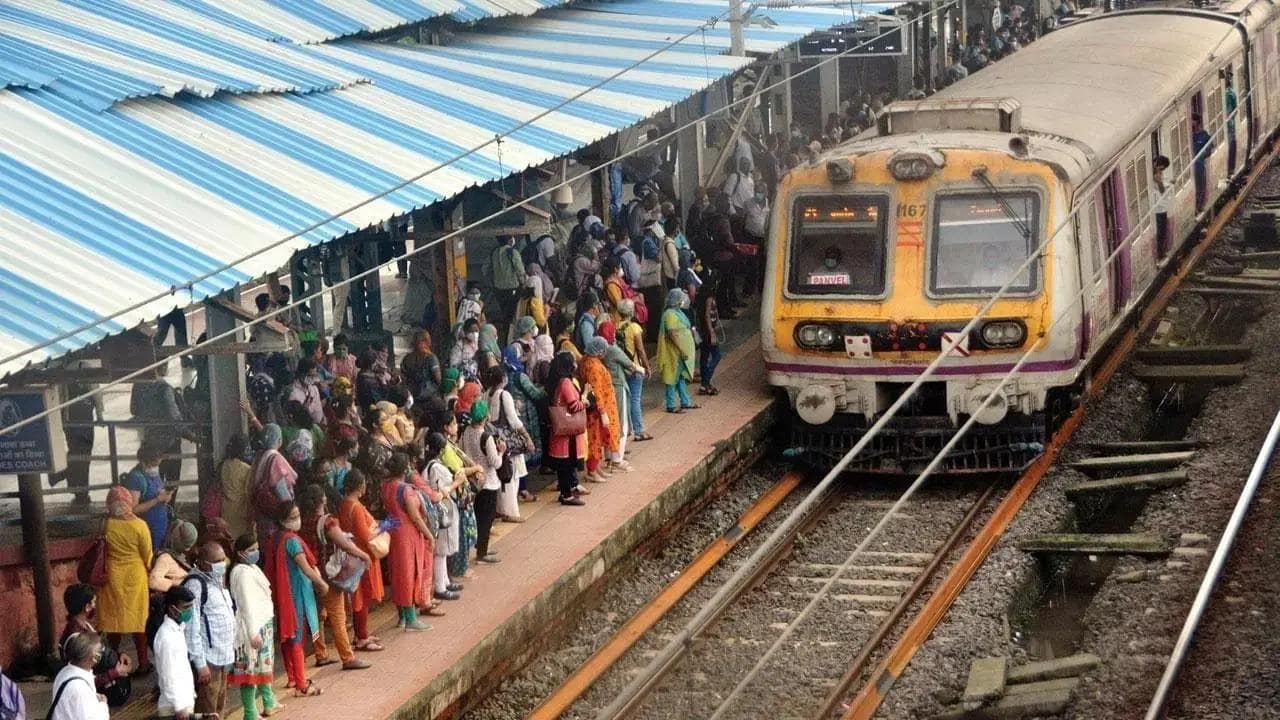India is trying to break China’s dominance in Sri Lanka. In this sequence, India will buy an airport in collaboration with Russia. This airport is just 18 km from the Chinese port of Hambantota in Sri Lanka.
This airport has been built with Chinese money. This airport is located in Mattala City, Sri Lanka. It is also known as Mattala Rajapaksa International Airport (MRIA) or Hambantota Airport. It is said to be the worst airport in the world.
Objective: To Stop The Growing Influence Of China
Russia has expressed interest in entering into a joint venture with India involving private companies to run Sri Lanka’s Mattala Rajapaksa International Airport, Sri Lankan news website NewFirst reported. The only reason for this is to stop China’s growing influence in the Indian Ocean.
Russian Ambassador to Sri Lanka Levan S. Dzhagaryan has also hinted at forming a joint venture with India to operate this airport. The Russian Ambassador has made this decision while considering the Russian tourists coming to Sri Lanka.
Sri Lanka Attracts Russian Tourists
Let us tell you that after India, most Russian tourists come to visit Sri Lanka in South Asia. In such a situation, this is also a big reason for their interest in Matala Airport. The Russian Ambassador said we hope that in 2024, about 12 lakh Russian citizens will reach Sri Lanka on tourist visas.
World’s Emptiest Airport
Hambantota suddenly came to the attention of the world a decade ago, in 2013, when Chinese companies were given the contract to build a major port, an international airport and an international cricket stadium here.
Sri Lanka Wanted To Compete With Singapore
Hambantota was the constituency of the then-President Mahinda Rajapaksa. In such a situation, he had a special attachment to this area. They wanted to make it a modern city and make it a major shipping centre in the world. He tried to make it state-of-the-art and compete with Singapore.
Hambantota Project Becomes White Elephant
After opposition to the trade case by international investors and aid agencies, Rajapaksa went to China to finance and build projects. China also gave them full support, but they charged so much interest for it that Sri Lanka got buried under massive debt, and the entire Hambantota project became a ‘white elephant’.
China Took Hambantota Port, On Lease
The condition of Sri Lanka became such that Hambantota port was built with Chinese money and then given on lease to China. Construction of the Hambantota port began in 2008, for which China provided a loan of approximately US$1.3 billion. This port was completed in 2015. However, due to continuous losses, Sri Lanka gave it to China on a 99-year lease.
Hambantota Airport Failed
After the construction of Hambantota Airport, many airlines initially showed interest in this airport and started flying, but their number gradually decreased due to low earnings. There is Colombo Airport near Hambantota; hence, tourists use it only.
Airport Was Not Able To Even Pay The Electricity Bill
Gradually, the situation started getting worse, and it reached such a level that the airport was in trouble, even paying salaries to its employees. Many such reports were read in which it was said that the airport authority does not even have money to pay the electricity bill.
Title Of World’s Emptiest Airport
The condition of this airport became such that some of the storerooms here started being used by the local people to store rice. Due to a lack of tourists, Forbes declared it the emptiest airport in the world.
India Has Been Showing Interest For 6 Years
However, despite all this, India has shown interest in it. According to The Interpreter website, India has been interested in purchasing this airport since 2017.









